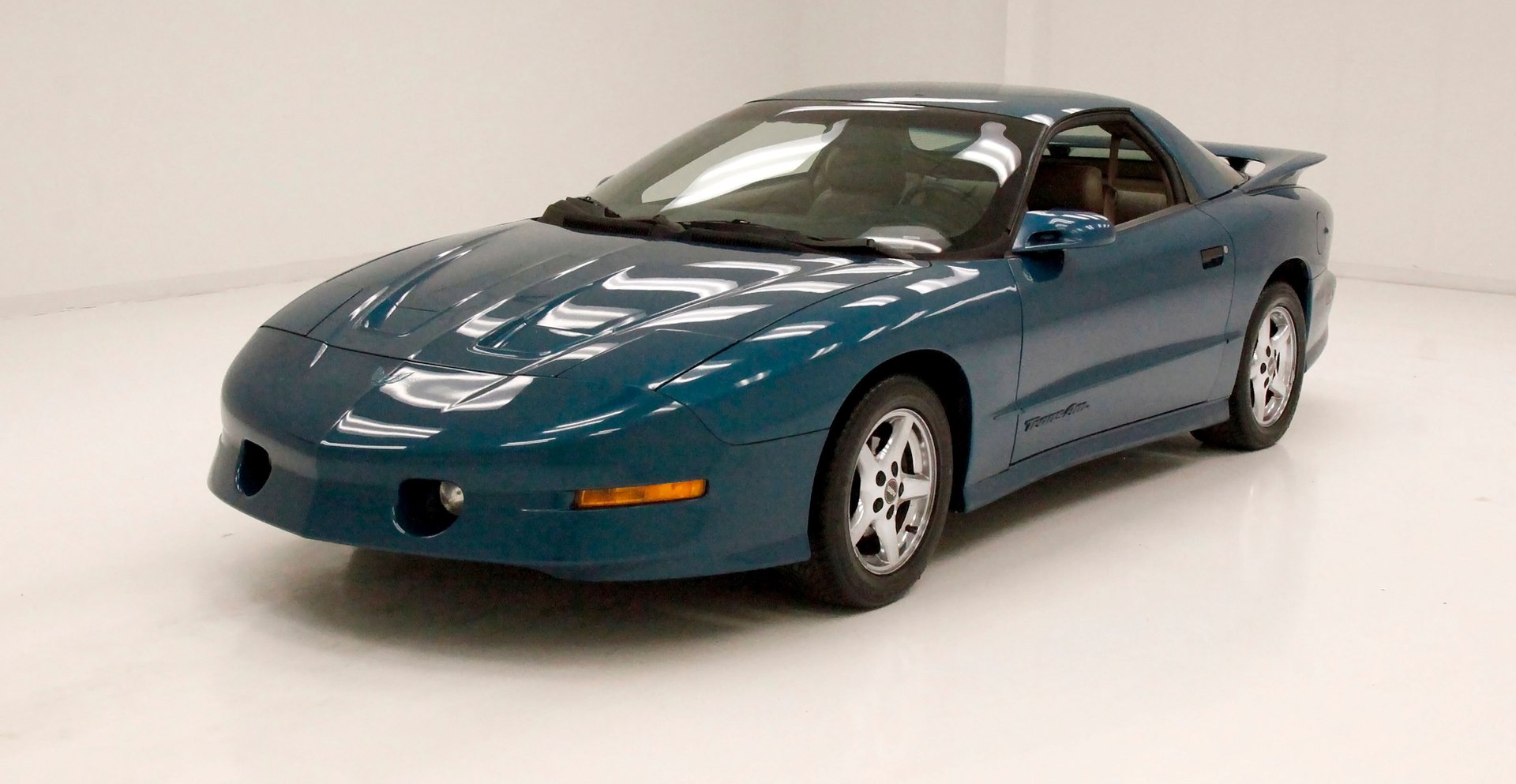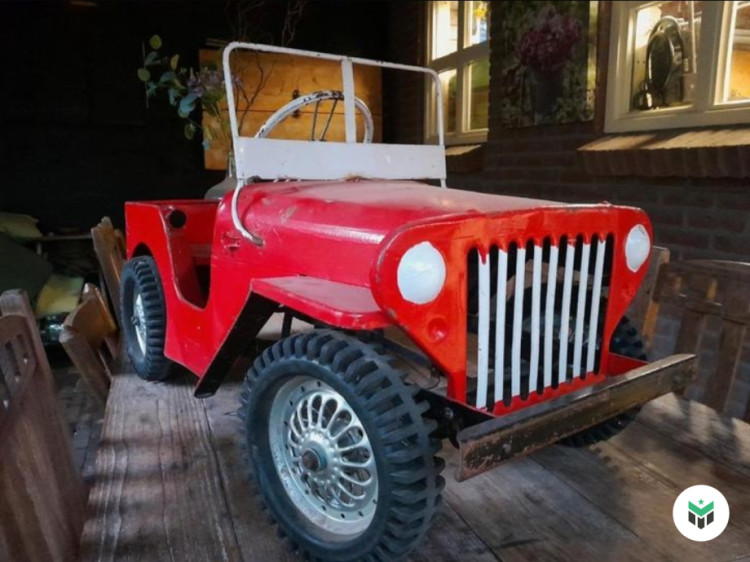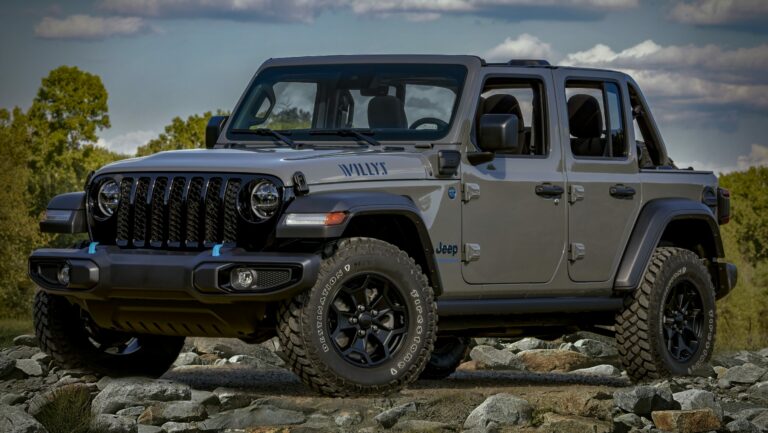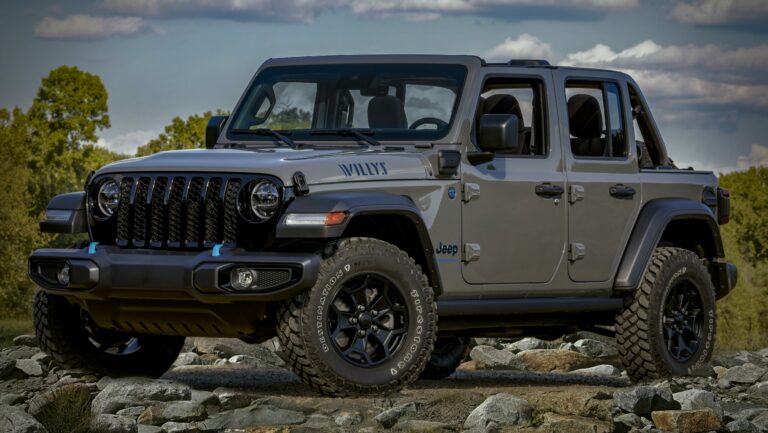1995 Jeep XJ For Sale: Your Definitive Guide to Finding and Owning an Icon
1995 Jeep XJ For Sale: Your Definitive Guide to Finding and Owning an Icon jeeps.truckstrend.com
The automotive world is replete with legends, but few vehicles command the same cult following and enduring respect as the Jeep Cherokee XJ. Among its storied production run, the 1995 model year holds a special place in the hearts of enthusiasts and practical drivers alike. Often hailed as one of the last truly "analog" Jeeps before more significant electronic integration, a 1995 Jeep XJ for sale represents not just a vehicle, but a piece of off-road history and a highly capable platform for adventure. Whether you’re a seasoned off-roader, a budding mechanic, or simply seeking a rugged and reliable daily driver with character, understanding the nuances of purchasing a 1995 XJ is crucial. This comprehensive guide will navigate you through everything you need to know, from its enduring appeal to vital inspection points and market valuation.
The Enduring Appeal of the 1995 Jeep Cherokee (XJ)
1995 Jeep XJ For Sale: Your Definitive Guide to Finding and Owning an Icon
The Jeep Cherokee XJ, produced from 1984 to 2001, revolutionized the SUV market with its unibody construction, offering a lighter, more nimble alternative to traditional body-on-frame SUVs. The 1995 model year stands out for several reasons: it retains the beloved "pre-facelift" interior and exterior styling that many purists prefer, and crucially, it largely predates the full implementation of OBD-II diagnostics in the United States, which began to be mandatory for all vehicles in 1996. This means simpler electronics and often easier, less costly diagnostics for the DIY mechanic.
At its core, the 1995 XJ is celebrated for its legendary 4.0-liter inline-six (I6) engine. This powerplant is renowned for its torquey nature, surprising reliability, and incredible longevity, often exceeding 200,000 or even 300,000 miles with proper maintenance. Coupled with robust automatic (AW4) or manual (AX15) transmissions and capable transfer cases (NP231 Command-Trac or NP242 Selec-Trac), the XJ offers a potent blend of on-road civility and formidable off-road prowess. Its relatively compact size, excellent approach/departure angles, and solid axle suspension make it a natural choice for tight trails and challenging terrain. Beyond its mechanical attributes, the XJ boasts a vast aftermarket support network, making modifications and repairs straightforward and affordable.
What to Look For When Buying a 1995 Jeep XJ
Finding a 1995 Jeep XJ for sale requires a keen eye and a methodical approach. Given their age and the adventurous lives many have led, thorough inspection is paramount.
- Engine (4.0L I6): While robust, inspect for common issues. Listen for excessive ticking (tappets), knocking (rod bearings), or any unusual noises. Check for oil leaks, especially around the rear main seal, valve cover, and oil filter adapter – these are common but can indicate neglect or a need for repair. Ensure the cooling system is in good shape; check for coolant leaks, a rusty overflow tank, or signs of overheating (e.g., warped head, though less common on pre-1999 models). A strong idle and good throttle response are positive signs.
- Transmission: For the automatic (AW4), check for smooth shifts without excessive flaring or harshness. Ensure it engages all gears promptly. For the manual (AX15), test clutch engagement and ensure smooth shifts through all gears without grinding. Check for fluid leaks from both transmission types.
- Transfer Case (NP231/NP242): Test both 2WD, 4-High, and 4-Low. Engage and disengage them several times to ensure they function correctly. Listen for grinding or clunking. Check for leaks around the output shafts.
- Axles (Dana 30 Front, Dana 35/Chrysler 8.25 Rear): Inspect differential covers for leaks. Listen for humming or whining noises during a test drive, which could indicate worn gears or bearings. Check universal joints (U-joints) on the driveshafts and front axles for play or rust.
- Rust: This is arguably the most critical inspection point. Common rust areas include:
- Frame Rails: Especially near the steering box and rear leaf spring mounts.
- Floorboards: Lift carpets and check for soft spots, holes, or previous patch jobs.
- Rocker Panels: These are often heavily corroded, especially in rust-belt regions.
- Rear Quarter Panels: Look behind the rear wheels.
- Door Sills and Around Windows: Check for bubbling paint.
- A little surface rust is normal, but significant structural rust is a deal-breaker unless you’re planning a full restoration.

- Suspension & Steering: Look for sagging leaf springs (especially in the rear), worn coil springs, and leaky shocks. Test for play in the steering wheel – excessive play can indicate worn steering box, tie rod ends, or ball joints. Listen for clunking noises over bumps.
- Brakes: Check the condition of rotors and pads. Ensure the brake pedal feels firm and that the vehicle stops straight without pulling.
- Interior: Assess the condition of seats (tears, rips), headliner (sagging), dashboard (cracks, especially common), and door panels. Test all electrical components: power windows, door locks, gauges, HVAC (heater and AC), wipers, and all lights.
- Electrical System: Given its age, verify all lights, gauges, and accessories work. While pre-OBDII, basic diagnostics are still possible.

Navigating the Market: Where to Find a 1995 Jeep XJ For Sale
The hunt for a 1995 Jeep XJ often begins online.
- Online Marketplaces: Websites like Craigslist, Facebook Marketplace, and eBay Motors are primary sources. Filter by year and model. Be prepared for a wide range of conditions and prices.
- Dedicated Forums and Enthusiast Groups: Sites like NAXJA (North American XJ Association), Cherokee Forum, and various Jeep-specific Facebook groups often have "for sale" sections. These sources frequently yield well-maintained or modified vehicles from owners who truly understand the XJ.
- Local Classifieds & Word-of-Mouth: Don’t underestimate local classifieds, auto trader magazines, or simply asking around at local off-road shops or enthusiast gatherings.
- Auctions: Government surplus auctions or general vehicle auctions can occasionally yield an XJ, but typically without much history or inspection time.
- Specialty Dealerships: Less common for a 1995 model, but some dealerships specializing in classic or off-road vehicles might have one.
Patience is key. The right XJ might not appear immediately, but waiting for a well-maintained example is always worth it.
Understanding Valuation: What Influences the Price of a 1995 Jeep XJ?
The price of a 1995 Jeep XJ for sale can vary dramatically, from a few hundred dollars for a non-runner or a serious project to over $10,000 for a meticulously maintained, low-mileage, or professionally built example. Several factors influence its value:
- Condition: This is the most significant factor. A rust-free body, clean interior, and well-maintained mechanicals command a premium.
- Mileage: Lower mileage generally means higher value, though a well-maintained high-mileage 4.0L is often preferable to a neglected low-mileage one.
- Maintenance History: Comprehensive service records significantly boost confidence and value.
- Modifications: Quality modifications (e.g., professional lift kit, upgraded axles, armor) can increase value, especially if they align with a buyer’s goals. Poorly executed or extreme modifications can decrease value or make it harder to sell.
- Location: Vehicles from dry, rust-free climates (Southwest, West Coast) typically fetch higher prices due to their superior body condition.
- Trim Level: While less impactful than condition, higher trims (Laredo, Country) with more options might command slightly more.
- Transmission Type: Manual transmission XJs (AX15) are rarer and often command a premium among enthusiasts.
The Ownership Experience: Maintenance and Modifications
Owning a 1995 Jeep XJ is often a rewarding experience, particularly for those who enjoy working on their vehicles. Its simplicity makes it incredibly DIY-friendly.
- Common Maintenance: Regular oil changes (every 3,000-5,000 miles), coolant flushes, transmission fluid and filter changes, differential fluid changes, brake service, and tune-ups (spark plugs, wires, cap, rotor) are crucial for longevity. Addressing minor leaks or issues promptly prevents them from becoming major problems.
- DIY Friendliness: The XJ’s straightforward design, ample engine bay space, and readily available parts make most repairs accessible to the home mechanic with basic tools and a service manual. This significantly reduces long-term ownership costs.
- Popular Modifications: The XJ is a blank canvas for customization. Common modifications include:
- Lift Kits: Ranging from mild 2-inch lifts for tire clearance to extreme 6+ inch lifts for serious off-roading.
- Larger Tires: To improve ground clearance and traction.
- Aftermarket Bumpers & Armor: For protection on trails and improved recovery points.
- Winch: Essential for self-recovery in challenging situations.
- Lighting Upgrades: LED light bars, auxiliary lights for off-road visibility.
- Engine Performance Mods: Less common for the 4.0L, but intake and exhaust upgrades can provide minor gains.
- Axle Upgrades: Swapping to stronger axles (like a Ford 8.8 or Dana 44) for heavier off-road use.
Practical Advice and Actionable Insights for Buyers
- Define Your Purpose: Are you looking for a reliable daily driver, a weekend trail rig, or a full-blown rock crawler project? Your intended use will dictate what compromises you’re willing to make and what features are most important.
- Set a Realistic Budget: Factor in not just the purchase price, but also immediate maintenance (fluids, tune-up), potential repairs, and insurance.
- Inspect Thoroughly (or Hire Someone): If you’re not mechanically inclined, invest in a pre-purchase inspection (PPI) by a trusted mechanic who is familiar with older Jeeps. This small investment can save you thousands down the line.
- Ask for Records: Request all available service and maintenance records. This shows the previous owner’s care for the vehicle.
- Test Drive Extensively: Drive on various road surfaces, including highways and rough roads if possible. Test all gears, 4WD modes, and listen for unusual noises. Check for vibrations, pulling, or excessive play in the steering.
- Don’t Be Afraid to Walk Away: There are many XJs out there. If something feels off, or the seller is evasive, move on to the next one.
- Negotiate: Always negotiate the price based on your inspection findings and market value. Use any identified issues as leverage.
1995 Jeep XJ For Sale: Estimated Price Guide
Please note that these prices are general estimates and can fluctuate significantly based on region, market demand, and specific vehicle characteristics.
| Condition Category | Description






